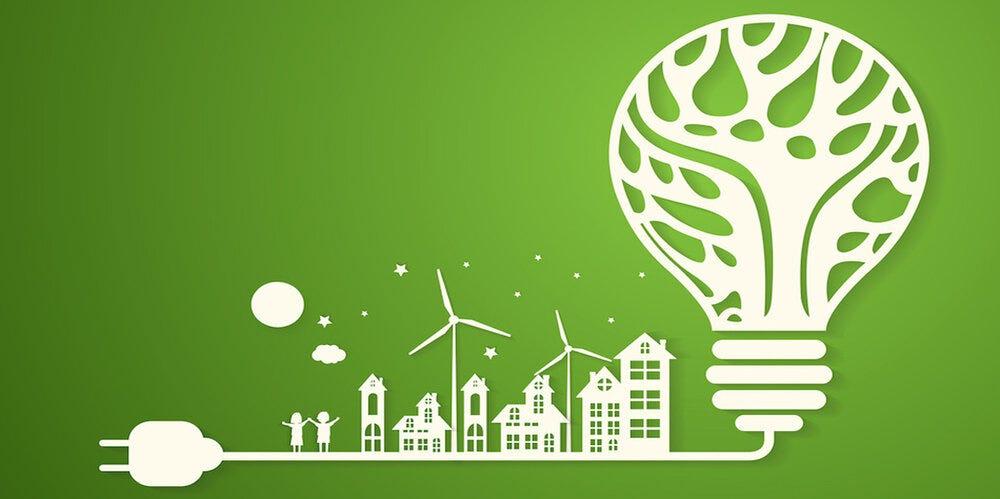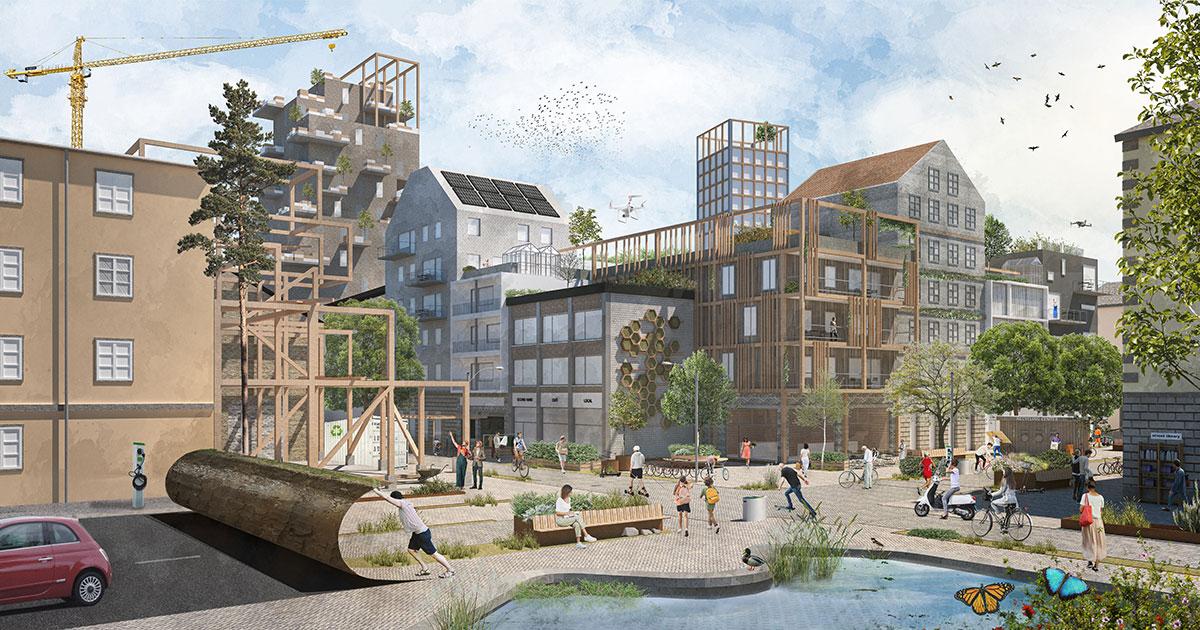
As the world grapples with the pressing challenges of climate change and resource scarcity, the spotlight is increasingly shining on energy inefficiency—one of the silent culprits of our environmental crisis. Buildings, which collectively account for a significant portion of global energy consumption, stand at the forefront of this issue. Yet, amidst rising concerns, a promising solution is emerging: circular renovations. This innovative approach goes beyond conventional renovation practices, intertwining sustainability with smart design to breathe new life into existing structures. By reimagining our built surroundings through the principles of circular economy—where waste is minimized and resources are reused—circular renovations offer not only a pathway to enhanced energy efficiency but also a blueprint for a lasting future. In this article, we will explore how to effectively tackle energy inefficiency through circular renovations, illuminating strategies and methodologies that can transform our energy-consuming edifices into beacons of sustainability. join us as we uncover the intricate relationship between thoughtful design and energy efficiency, and discover how the renovation of our spaces can mirror our aspirations for a greener planet.
Identifying Energy Inefficiencies in Existing Structures
To uncover energy inefficiencies in existing structures,a multifaceted approach is essential. Begin with a thorough energy audit, which provides a thorough overview of where energy is consumed and wasted. The audit should involve inspecting various components, including:
- Insulation Quality: Evaluating the effectiveness of insulation materials within walls, attics, and basements.
- HVAC Systems: Assessing heating, ventilation, and air conditioning systems for performance and maintenance needs.
- Appliance Efficiency: analyzing the efficiency of appliances and lighting, determining if they meet current energy standards.
After identifying specific inefficiencies, prioritize upgrades based on factors like cost, potential energy savings, and overall impact on building performance. Implementing circular strategies can further enhance renovations,such as:
- Reusing Materials: Incorporating salvaged materials to minimize waste and reduce the carbon footprint.
- Adaptive Reuse: Transforming spaces rather than demolishing them, extending the life cycle of existing structures.
- Integrating Renewable Energy: Exploring options like solar panels that align with the principles of sustainability.

Innovative Materials and Techniques for Circular Renovations
Renovating buildings to enhance energy efficiency while promoting sustainability can be achieved through the integration of innovative materials and thoughtful construction techniques. Utilizing recycled materials not only minimizes waste but also reduces the carbon footprint associated with the creation of new materials. Some cutting-edge options include:
- Reclaimed Wood – Repurposed from old structures, this material adds character while reducing deforestation.
- Recycled Steel – utilizing steel that has been recycled significantly decreases energy consumption in production.
- Eco-Pleasant Insulation – Materials such as cellulose or wool offer excellent thermal performance while being biodegradable.
- Mycelium-Based Products – Created from mushroom roots,these materials serve as sustainable alternatives for insulation and furnishings.
Along with materials, implementing advanced construction techniques can further enhance the circular renovation approach. Key techniques include:
- Modular Design – Facilitating ease of deconstruction and reuse in future renovations.
- Adaptive Reuse – Transforming existing structures for new purposes while preserving thier historical value.
- Passive Solar Design – Orienting buildings to maximize natural light and minimize energy usage.
- Green Roofs – Installing living roofs aids in natural insulation and stormwater management.

Implementing Smart Technologies for Enhanced Energy Efficiency
Integrating smart technologies into renovation projects can significantly boost energy efficiency whilst promoting sustainability. These technologies range from smart building management systems to advanced energy monitoring tools that allow property owners to assess energy consumption in real-time.By embracing iot devices, you can automate lighting and HVAC systems, ensuring they operate only when needed. Additionally,using smart thermostats can optimize heating and cooling by learning user preferences and adjusting settings accordingly. The long-term savings on energy bills paired with the positive environmental impact make these innovations essential components of modern renovations.
Moreover, leveraging data analytics can further enhance energy efficiency throughout the renovation process. By implementing predictive maintenance solutions,property managers can identify potential issues before they escalate,thereby reducing waste and conserving energy. Upgrading to energy-efficient appliances and fixtures is another vital aspect of the circular renovation process. Consider the following benefits of smart technologies:
- Real-time monitoring: Access to live data allows for immediate adjustments.
- Automated controls: Systems can self-regulate based on occupancy and usage.
- Integration with renewable energy sources: Efficiently manage the usage of solar or wind energy.

Creating Sustainable Partnerships for Long-Term Impact
In the quest for energy efficiency, forging sustainable partnerships is crucial for driving holistic change. Collaborating with various stakeholders, including local governments, NGOs, and community organizations, can foster innovative practices that transcend traditional renovation methods. These alliances are instrumental in promoting a shared vision of sustainability and can lead to the growth of groundbreaking projects aimed at circular renovations. Some key factors to consider include:
- Shared Resources: Pooling resources allows for shared knowledge and infrastructure improvements.
- Collective Goals: establishing common objectives aligns efforts and strengthens commitment.
- Engagement Strategies: Involving the community fosters awareness and support for sustainable initiatives.
Implementing circular renovations not only addresses energy inefficiency but also enhances the resilience of partnerships. By creating sustainable supply chains, participants can minimize waste and maximize resource use across projects, ensuring longevity and adaptability. To illustrate the impact of such initiatives, consider the following table showcasing potential benefits derived from circular renovation practices:
| Benefit | Description |
|---|---|
| Resource Efficiency | maximizes the use of existing materials, reducing the need for new raw materials. |
| Cost Savings | Lower operational costs through enhanced energy performance of renovated structures. |
| Community Revitalization | Transforms neighborhoods, attracting investment and improving the quality of life. |
Concluding Remarks
the path to a more sustainable future lies not just in cutting-edge technology or innovative designs, but in reimagining the resources we already possess. Circular renovations embody this philosophy, offering a blueprint to combat energy inefficiency while minimizing waste and maximizing value. As we embrace this paradigm shift, we can create buildings and spaces that are not only resourceful but also resilient. By prioritizing sustainability in our renovation practices, we can pave the way for a world where energy efficiency and circularity coexist harmoniously, enriching our lives while preserving the planet for generations to come. Let us take these insights to heart, embarking on a journey where every renovation becomes a step towards a brighter, more sustainable tomorrow.









